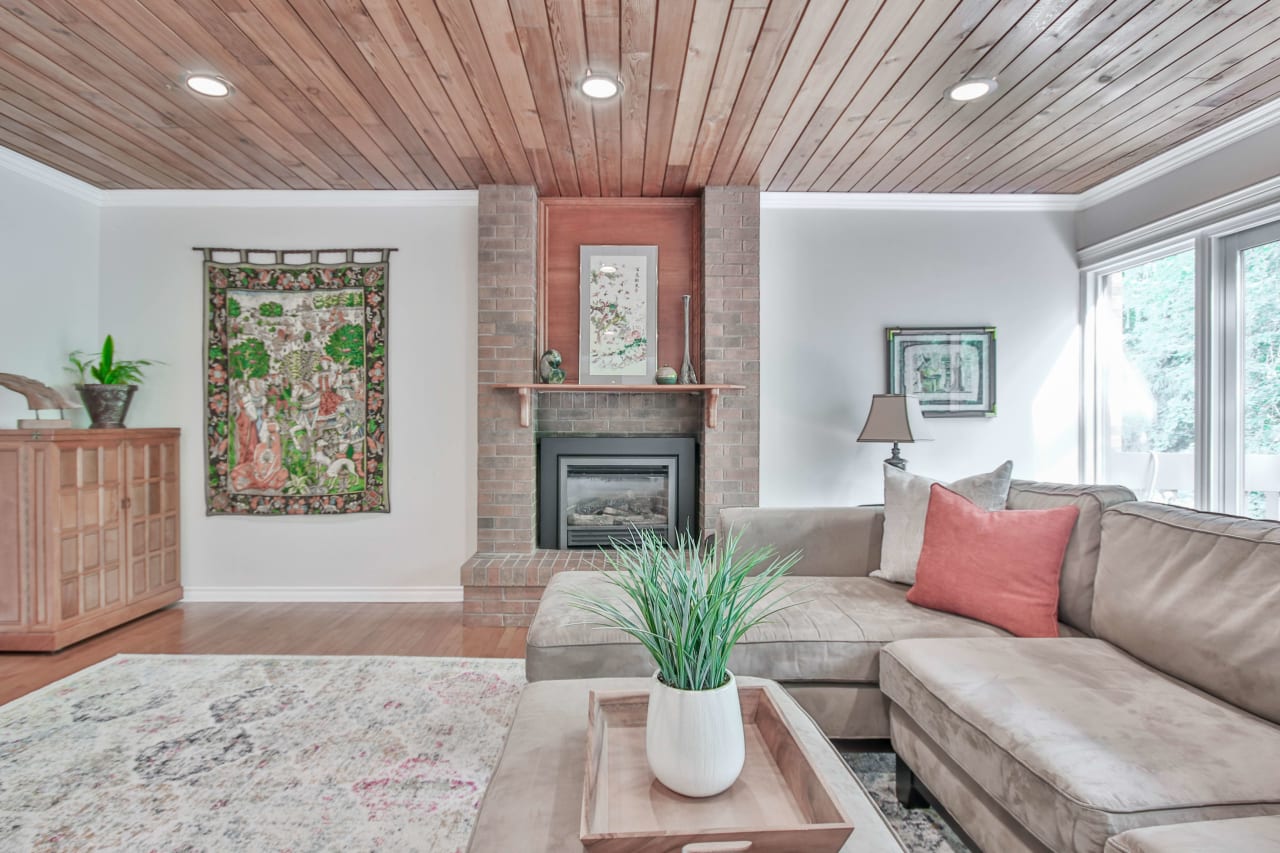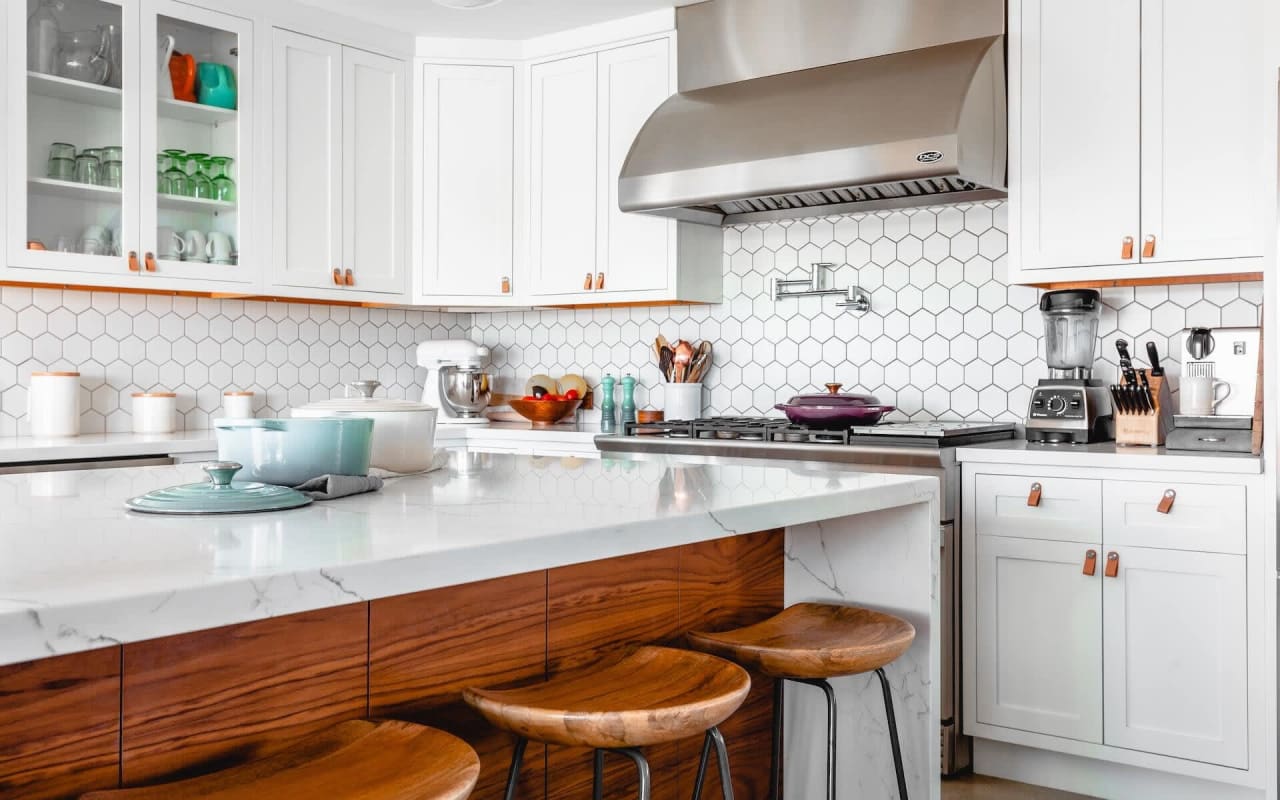Thinking about moving into a 55+ Active Adult Community? Five of The Most Common Mistakes Made and Five Strategies to Avoid Buyer’s Regret.
The notion of moving into a 55+ active adult community may seem like it has everything you could ever want as a retiree. Moving into a 55+ community does indeed offer many amenities that could make your forever home a most enjoyable experience. However, as with many things in life, due diligence is required of every prospective buyer. Homes in these communities are often expensive, are run by a homeowner’s association that provides varying levels of upkeep, and often have a beautiful clubhouse where the residents can congregate for any number of activities.
Here are five critical steps to take to ensure that your move is a successful one:
Mistake #1
Neglecting to take inventory of what you want and need for your brand-new lifestyle. Whether you are married or single, you must take the time to write down your personal list of activities that you would consider vital to your day-to-day living enjoyment.
Strategy #1
This beginning exercise is also where you want to think long-term. For example, is there an indoor pool? Even if you don’t rely on an indoor pool today, is it something that will become more important as you approach seventy and beyond? Whether or not the community offers an indoor or outdoor pool; does the community have a club that includes water activities/exercises? If not, could you, as a new resident, start one? Does the community have tennis, pickleball, and bocce ball courts? Visualize your retirement living and assess the amount of socializing you desire. Then inquire if a club exists to accommodate your needs. Many communities have men’s breakfast meetings, women’s movie nights, veterans’ clubs, hiking clubs, or landscaping clubs. The list is endless. Write down a list of your hobbies; or those hobbies you want to begin and ask if those clubs currently exist.
Request a copy of the current clubs as well as a schedule of meeting times. Are there certain clubs that the community prohibits? For example, if you have an interest in pottery, is there such a club on the campus, and do they have a kiln? Are there clubs that might be restrictive because of noise or time? If you are a golf enthusiast, and the community has its own golf course, ask for a copy of the rules of play and etiquette. Most communities boast of a fully equipped fitness center. What is adequate for one person may not be for the next. Take time to visit the fitness center. Stop and look at every machine you are interested in during your initial tour, and take the time to carefully to assure that they are in good working order. Get on a few and try them out. If you watch television while exercising, are the center’s televisions in good working order? If you desire the assistance of a personal trainer, is one available, and does this come at an additional cost?
Mistake #2
Assuming you have latitude for creative design in & outside of your home property. No, No, my friend, the choice is not fully yours. Once you pick a model, the buyer is allowed some adjustments within a set footprint, such as adding a second floor. But allowance for a true extension beyond the model’s parameters is unlikely. Assuming you can change your exterior, do anything you like with landscaping, or use any number of lawn decorations is a mistake that will predictably generate feelings of disappointment.
Strategy #2
When you decide on a model within a specific community, you’ll want to schedule a meeting with a member of the sales staff. Be prepared with your full list of questions. Can the builder build storage space above the garage, extend the garage, and add a third garage for a golf cart? If the answer is yes to the garage, very likely the necessary space will be taken from a designated space inside the house. Look at blueprints with the salesperson. You will not be required to place a deposit, but the salesperson is hopeful that the meeting will conclude as a sale. Rest assured, you can leave if you need additional time to consider your purchase.
Most prospective residents plan to downsize from their current living situation, so it is critical to consider the number of rooms they will need. Plan with an open mind, and make sure you have enough space to assure your happiness.
Look at all of the model homes. While walking through each home, give particular attention to how the model will suit your particular living requirements. Will you need an office? A room for your hobby? A guest bedroom? If you require rooms for all of these things, you will be seeking a four-bedroom home. Many builders offer homes with a second floor. Think twice about this option. What are the costs, is it worth it, ask yourself whether or not you really need that second floor. Many buyers no longer want a second floor, and in fact, are moving from their current home specifically to escape stairs. Again, think long-term. At age eighty, will the stairs be a help or a hindrance to you?
Mistake #3
Ignoring the strong recommendation to review the Homeowner’s Association (HOA) Rules prior to your purchase. HOAs have a set of rules that all members are required to adhere to. How do you know if you can co-exist with other members of the community if you haven’t even read the rules? When you close on your home, you will be asked to sign a document attesting to having read the by-laws and rules, and regulations.
Strategy #3
Reading the rules and regulations should be one of the automatic initial steps in considering any 55+ community. This requires knowing what it is that you need; and by doing so, you may discover those potential deal-breakers that rule the community out before you even have to meet with a salesperson. Do you have a large RV that you’ll want to park indefinitely in front of your home? Do you have two (or more) adult children whom you plan to move into the community with you? Do you own three vehicles and plan to park one in the street? All of these examples may be against HOA rules. Read the HOA’s rules. If you disagree with the rules, but happen to think that rules can be changed, think twice about this as well. Rules, in fact, can be changed. Each community likely has a protocol in place for a process to request a change. Significant changes, such as those involving parking, may require a full community vote with a two-thirds majority required in order to execute the change. In one real-life example, an elderly couple moved into the community, accompanied by their two adult children. After moving in, they learned that only one child had full access to the clubhouse; but the 2nd child would have to register each time and pay as a guest. The homeowner requested a special exception for his second child. No one agreed with him, and the homeowners declined their request. They chose to move. The cost to them in moving twice? Commissions.
Mistake #4
Assuming that the HOA provides all of the lawn care that you need. Assuming that you can throw that lawn mower out; or that your days of planting and fertilizing are over. Assuming that your HOA fees encompass a long list of expenses.
Strategy #4
Investigate what your homeowner's association covers. Each one can vary widely. Some HOAs include major replacements to outside aspects of your own home, such as a new roof. Many do not. Get to know who the HOA has hired to provide the lawn care and mowing, and how long they’ve been doing it. If the same company has held the contract for many years, the plan may be to keep them. Understand what duties the lawncare company does not do. Often, they do not trim or fertilize the trees and bushes on your personal property. In some cases, the limitations of the work can be significant. If you are a gardener, this will not cause any inconvenience. If you are not, then your yard will not look as fancy as some of your neighbors, but you can still have a nice-looking yard. If you choose to add a fence to your backyard, the mowing company, and HOA rules, will require you to mow your own yard. This is really not much extra work, but you will need to buy a lawn mower.
Many residents complain when their HOA fees increase, which could occur on an annual basis. Each prospective buyer should understand that this is a fact of life, and should budget for increases. HOAs must cover their employee’s salaries, the cost of operations, and the cost of unexpected repairs. HOA’s are also required to keep a reserve of money on hand for larger and unexpected expenses that might and do occur. Therefore, inquire as to the rate of increase that the HOA fees have increased year-over-year. One important fact that is critical for every homeowner to understand: If you default on payment of your homeowner association fee, the association can begin foreclosure proceedings on your home.
Mistake #5
After moving in, ignoring the activities of the HOA Board. The HOA Board is comprised of resident volunteers who serve limited terms. They vote on important agenda items that can impact your life. Choosing not to vote on community matters may result in a regrettable choice.
Strategy #5
Homeowners can self-nominate and lobby neighbors to be elected to the Homeowner’s Association Board. Many are well-qualified to undertake this assignment and dedicate the required time and effort to work hard for the betterment of their community.
When there is a board election, take the time to get to know the candidates. They’ll often post answers on the community internet to questions posed by other residents. Take the time to read their stance on the existing rules of the community. Does the candidate want to make significant changes? Maintain the status quo? Add additional committees? Have more – or less – transparency? Do they want to vote with the loud minority or listen to the silent majority? Are they articulate or vague? Does the candidate seem to venture dramatically to one or the other of two extremes? Paying attention to who is running for the Board, and then casting your vote keeps you engaged in the future of your community. Typically, one vote per household is allowed, so you must make your vote count!
The allure of moving into a 55+ community is to enjoy any number of amenities and to make new friends. The concept of this type of community usually delivers on their promise to enjoy club activities, meet those who share common interests, and be as active as you want.
Any prospective homeowner, for the sake of their own happiness, must take the time and effort upfront to choose the community best suited to their needs. Rules exist in all of these communities, and for the most part, to the benefit of the residents. Most residents move into the community approving of and planning to adhere to all rules; not to challenge them.
Colleen MacFarlane holds an MBA and currently resides in a 55+ community. She has authored articles on money management, investing, and living in HOA communities, and has recently completed her first book of historical fiction. She lives in North Carolina with her husband and their miniature schnauzer, Lucy.



